
Robot, as an intelligent machine that can work semi-autonomously or fully autonomously, has been applied in various fields such as industry, service, health care and education. In most people's eyes, robot is a new species integrating cutting-edge technologies, but as early as the Sui Dynasty in ancient China, the description of robot has appeared, which is recorded in the Book of Sui: "The emperor complained that it was inconvenient to summon ministers in the middle of the night, so he ordered craftsmen to make a puppet and set up devices on the puppet so that it could stand, sit down and bend over to pay homage. Every time the emperor drinks in the moonlight, he would ask the imperial secretary to put it beside his seat and entertained him.” The puppet robot created on his order brought fun to Emperor Yang of Sui by imitating human behavior, which shows that people's pursuit of robot's "sense of life" has lasted for thousands of years.
Product introduction
Owner & design organization: Osaka University of Arts
Chief designer: Shinobu Nakagawa, KAKENHI (A) 16H01804 Research Members and Others
2022 DIA Silver Award
Bunraku Puppet Robot BR-02 features new structures such as the flexible skeletons, which is designed to realize emotion and biological-like movements that traditional humanoid robots do not have. These achievements can improve the communication and affinity between human and robot, and create the best symbiotic relationship between human and robot.
Design the “brain" of robot
2004
How to make robots look like a “human" is an idea that Shinobu Nakagawa, the chief designer, came up with very early. "I think I can design a robot brain." So Shinobu Nakagawa developed the first humanoid robot for tourism guidance, and affectionately called this robot "child". He hopes to express the robot's mind with the robot's actions and sounds. "I can't design a mind for a machine, but I could make people think that a machine has a mind.”

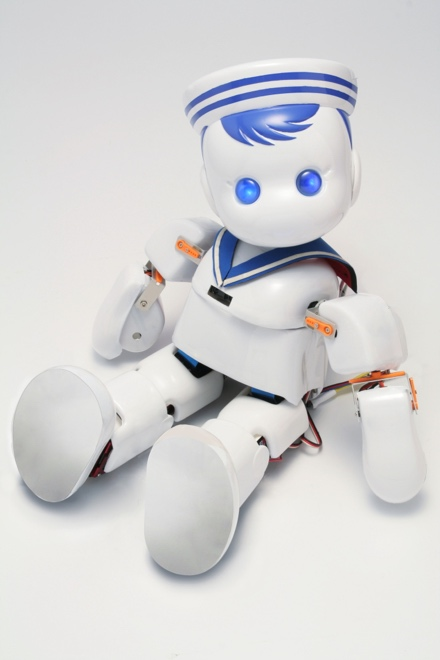
Scientific robot design
2004-2007
Based on the idea of "making people think that robots have thoughts", the design teams designed and developed a variety of robots. Through these researches and developments, they found that without redesigning the mechanism and structure of the robot, they could not create robots with elegant appearance and excellent functions. So Shinobu Nakagawa began to advocate "robotics design", that is, design from the perspective of robotics engineering, not just robot design.
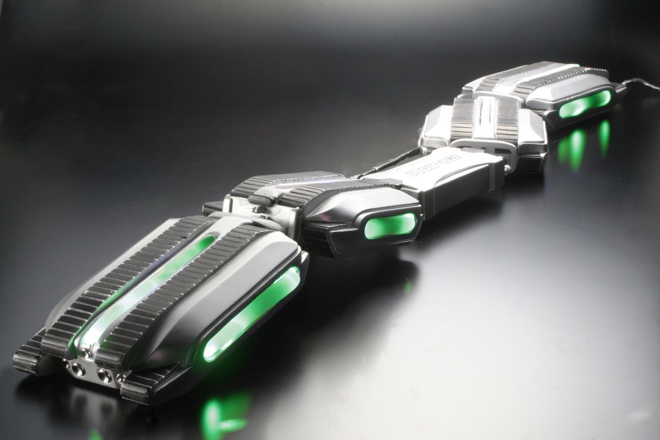

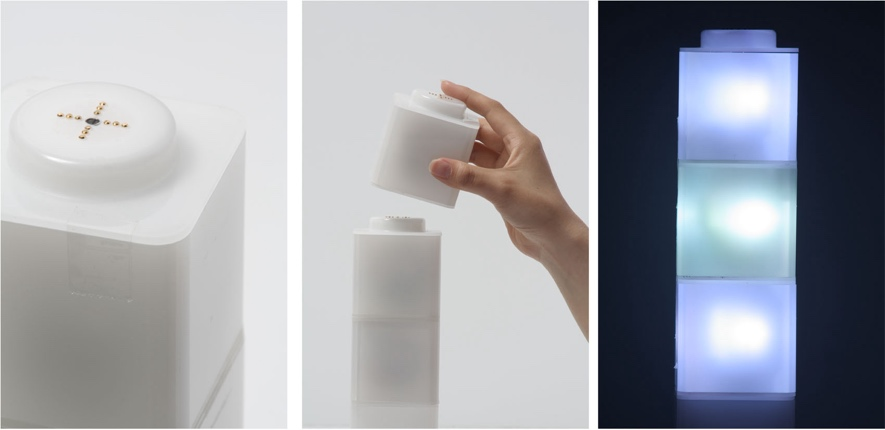
Eager to break through the "machinery"
2007
With the increase of robot development projects, the design teams realized that if they want to design a robot that can move and speak independently, they should not only design shapes, but also stories, character settings, sounds and actions for the robot. On this basis, the design team designed and developed a desktop communication robot. To let this robot communicate with people better, they designed interactive actions such as "nodding", "tilting head", "blinking" and "gesturing" for this robot, which got good feedback from users. However, Shinobu Nakagawa thought this was not enough. He thought that by using traditional engineering to set motors on joints they could only design "mechanical" movements instead of robots with "sense of life" as those in films and TV shows. So they began to carry out brand-new engineering design from basic research.

A robot with a "sense of life"
2007-2022: 15 years
"Although the existing humanoid robots have a certain structure that imitates human skeleton, they are far from the bio-robot in films and TV shows." In order to pursue the bio-robot in films and TV shows, Shinobu Nakagawa analyzed the movements of animation and Bunraku puppets, and found that people can create a "sense of life" by controlling objects. For example, animation expresses the "sense of life" through facial movements, while Bunraku puppets express the "sense of life" through the movement of the whole body.
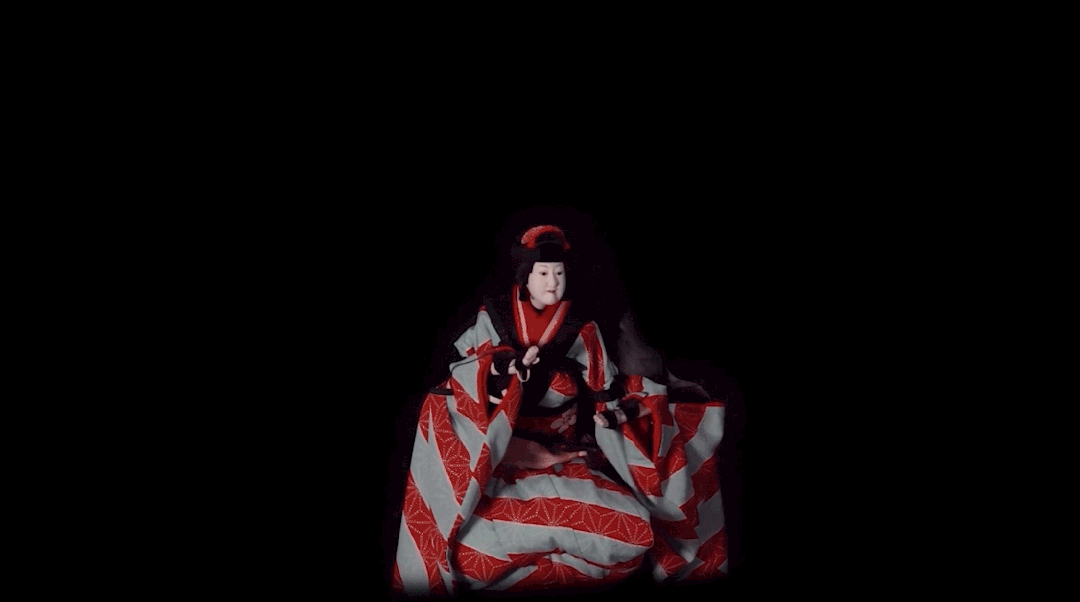
After a more in-depth study of Bunraku puppets, the design team found that under the puppet’s kimono, there are only head, shoulder and hand structures, and it is this structure that provides free movement that can present realistic expression. Therefore, they transformed the most distinctive structures of the puppet, such as skeleton expansion and contraction and chest joint bending, into the structure of humanoid robot, thus developing the Bunraku puppet robot BP-01 with only trunk expansion and contraction structure.

Compared with Bunraku puppet robot BP-01, Bunraku puppet robot BP-02 further exaggerates the expansion and contraction of the robot’s trunk and the bending action of its chest joints, so that the robot’s body center line has the S-shaped curve and the organic trajectory of natural objects. The design team conducted an impression evaluation experiment for this robot. The experimental results show that this exaggerated skeleton movement can enhance the authenticity of the robot and make people feel a kind of vitality and emotion clearly.
"I think our focus on Bunraku puppet robot series is not how beautiful their shapes are or how excellent the concepts are, but to analyze the equations of Bunraku puppet art in a scientific way and try to make people feel the sense of life conveyed by robots," Shinobu Nakagawa further elaborated on the design concept of this project.
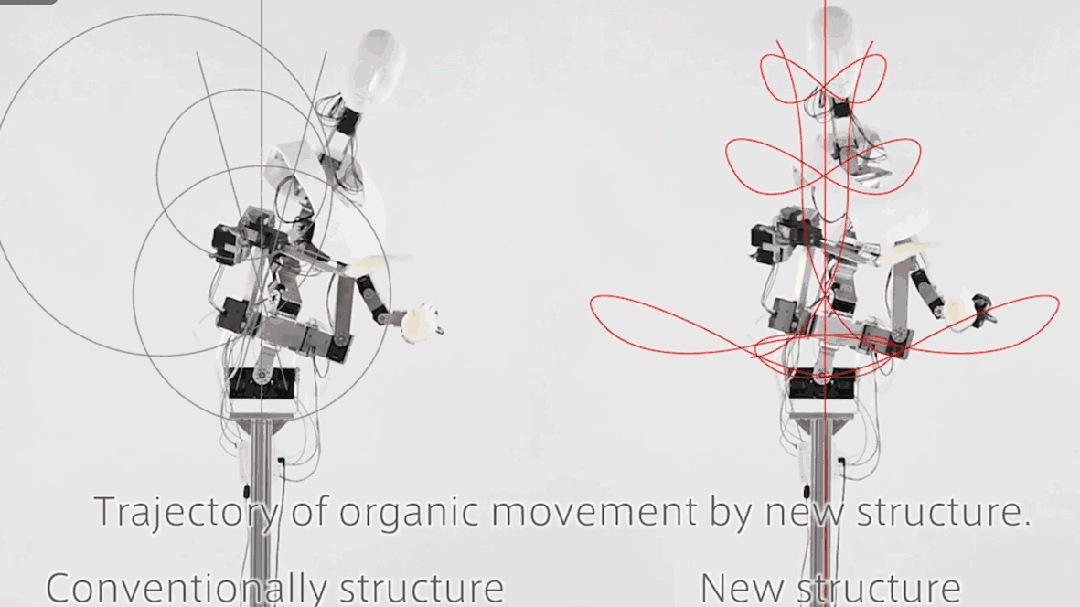

Bunraku puppet’s body movementComparison in skeleton movement between Bunraku puppet robot BP-01 and Bunraku puppet robot BP-02
Future prospect of man-machine coexistence
Wiener, the father of cybernetics, predicted a future like this in 1950: We have created new intelligent machines, and the most important relationship in human society has become the relationship between people and machines, machines and people, machines and machines, and people and people. In this regard, Shinobu Nakagawa pointed out that "now we live in high technology, although it improves the convenience, the invisible pressure is also increasing. If robots increases the pressure in our lives, I don't think we should let it happen.” The design team believes that robots like Bunraku puppet robot BP-02, which are full of 'sense of life' and 'emotion', can make the surrounding environment closer to nature, thus relieving people's pressure. They expect to apply this theory in Japan, China and even the whole world. “Coexisting with vivid robots with rich emotions will reduce people's pressure in the super-information society.”
In the end, the design team praised the DIA, "This is a wonderful international design competition", and expected that DIA would continue to grow and attract more high-quality design works.

With the development of intelligent technology, robots have strong self-adjustment and adaptability to cope with various environmental changes, but we have never stopped exploring the robot's "sense of life" and "emotion". In sci-fi films and TV dramas such as Ghost in the Shell, Blade Runner 2049, Westworld, etc., they have tried to explore how human beings should live in harmony with robots when their self-consciousness are awakened. How can we create a society where people and machines can coexist and create together? Perhaps the future will be as a slogan in the movie I, Robot says-"2035, this is the era of robots".
Everything in the future is unknown but expectable to us.
The 2023 DIA Call for Entry is in progress. We warmly welcome enterprises, design teams and individual designers from different fields to participate in the event. Please bring your works and join us now! Click "Read the original article" at the end to enter the registration channel. We are looking forward to your participation!
